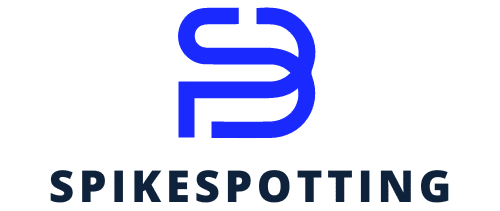How can you secure your system easily with Linux patches ?

Managing Linux patches doesn't have to be a headache. Ensuring system security becomes seamless with the right strategies, tools, and best practices. Dive into our comprehensive guide to empower your Linux administration, from implementing efficient patch management steps to harnessing automatic updates. Be prepared to maintain a robust, secure environment effortlessly. Ready to safeguard your system? Let's get started with expert insights and practical solutions!
Comprehensive Guide to Linux Patch Management
Implementing Linux patch management effectively involves several crucial steps. First, identify and prioritize vulnerabilities using tools like Patch Manager Plus or NinjaOne, which automate the scanning of Linux terminals for missing patches. Next, download the necessary patches directly from vendor sites. Visit the site https://linuxpatch.com/ to request linux patch management with professional partners
Cela peut vous intéresser : Can You Retrofit Active Noise Cancellation in an Older Model Lexus LS for a Quieter Cabin?
Best Practices for Maintaining System Security
To maintain robust system security, follow these best practices:
- Regularly schedule patch updates to minimize vulnerabilities.
- Use automated tools like TuxCare or LinuxPatch for real-time patching without system reboots.
- Implement AI-powered CVE reporting for detailed insights into vulnerabilities.
- Ensure compliance management by adhering to industry standards and guidelines.
Recommended Tools and Software for Patch Management
Several tools can streamline the patch management process:
Dans le meme genre : Is It Possible to Retrofit a Panoramic Sunroof in a Mercedes-Benz C-Class?
- NinjaOne: Offers a unified platform for managing endpoints and automating patch deployment.
- Patch Manager Plus: Automates scanning, downloading, testing, and deploying patches.
- LinuxPatch: Provides one-click updates, dynamic server grouping, and advanced CVE reporting, making it a versatile solution for various Linux distributions.
Automation and Scheduling in Linux Patch Management
Automated patch management significantly enhances system security by ensuring timely updates and reducing the risk of human error. Tools like NinjaOne and LinuxPatch offer real-time patching capabilities, allowing for seamless updates without disrupting operational workflows.
This automatisation des correctifs ensures that vulnerabilities are addressed promptly, minimizing the window of exposure. Additionally, automated systems provide detailed reporting and analytics, aiding in compliance and audit processes. The one-click update feature in LinuxPatch simplifies the process, making it accessible even for less technically inclined users.
Scheduling Regular Updates
Effective scheduling of mises à jour automatiques Linux is crucial for maintaining system integrity. Establish a regular update cycle, such as weekly or monthly, depending on your organization's needs. Using tools like Patch Manager Plus, you can automate this process, ensuring that updates are applied consistently. This not only helps in maintaining the cycle de vie des correctifs Linux but also ensures that all systems are uniformly updated, reducing the risk of inconsistencies and potential security gaps.
Tools and Strategies for Efficient Patch Deployment
NinjaOne offers a comprehensive solution for managing endpoints and automating patch deployment. Its remote monitoring and management (RMM) capabilities allow for quick identification and remediation of vulnerabilities. LinuxPatch simplifies patch management with its one-click update feature and AI-powered CVE reporting, ensuring enhanced security compliance. Patch Manager Plus automates the entire patch management process, from scanning to deployment, making it an ideal choice for diverse Linux distributions.
Strategies for Effective Patch Deployment
To ensure efficient patch deployment, consider the following strategies:
- Automate Patch Management: Utilize tools like NinjaOne and LinuxPatch to automate scanning, testing, and deployment processes.
- Test Patches in Non-Production Environments: Always test patches in a controlled setting to avoid disrupting live systems.
- Regularly Schedule Updates: Establish a consistent update cycle to keep systems secure and up-to-date.
- Prioritize Critical Patches: Focus on deploying patches that address high-risk vulnerabilities first.
Ensuring Compliance and System Stability
Maintaining compliance involves adhering to industry standards and using tools that provide detailed reporting and analytics. Employing AI-powered CVE reporting helps in identifying and mitigating vulnerabilities efficiently, ensuring both compliance and system stability.
